LIV Process Approach
A simple solution to a complex threat
Some of the most world-altering discoveries have the simplest executions. The LIV Process C. diff Visualization System brings together technologies used across therapeutic development, biosensing, and molecular biology to shine a light on deadly pathogens.
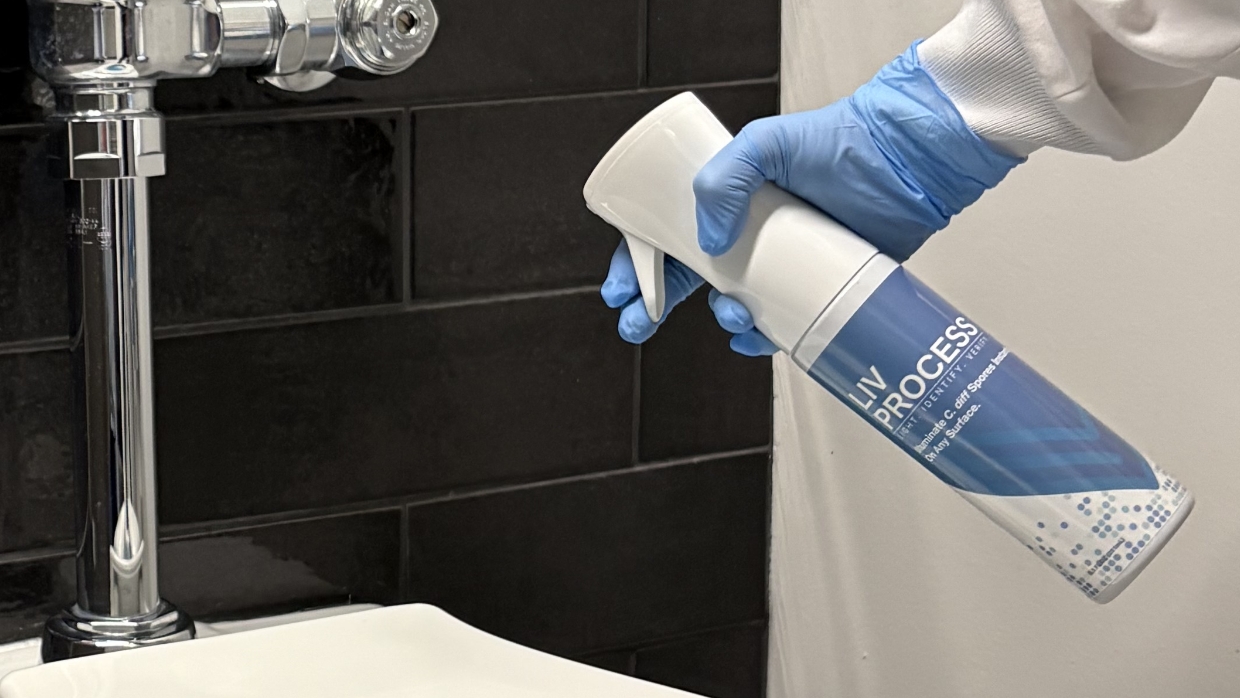
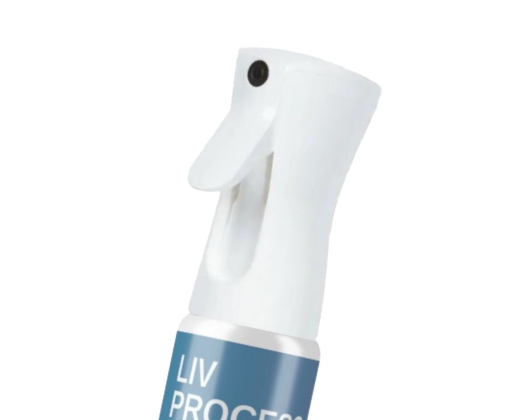
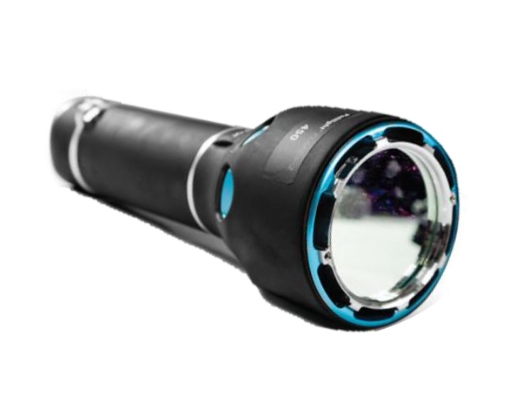
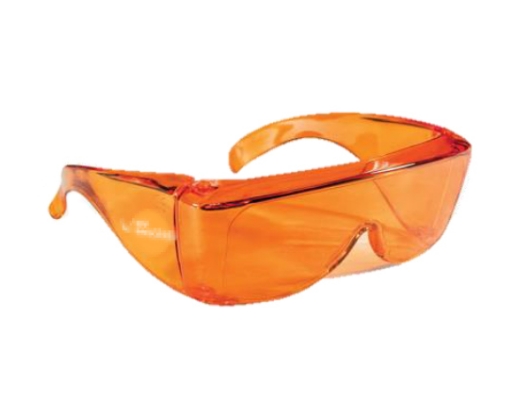
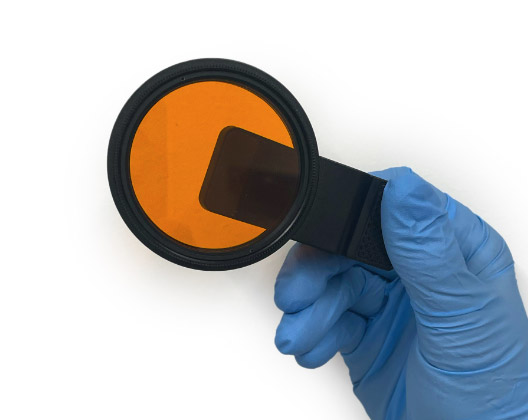
How it works
The water-based solution, applied in a fine mist, contains proprietary biomolecules that were designed to bind to unique and essential proteins on C. diff spores’ outermost layers.
The process has three simple steps:


Light


Identify
On contaminated surfaces, the proprietary biomolecules in the solution will bind to C. diff spores and “turn on,” signaling contamination in response to the specific wavelength of light emitted from the LIV light.


Verify
Contaminated surfaces are cleaned, and the solution is reapplied to ensure C. diff spores have been eliminated.
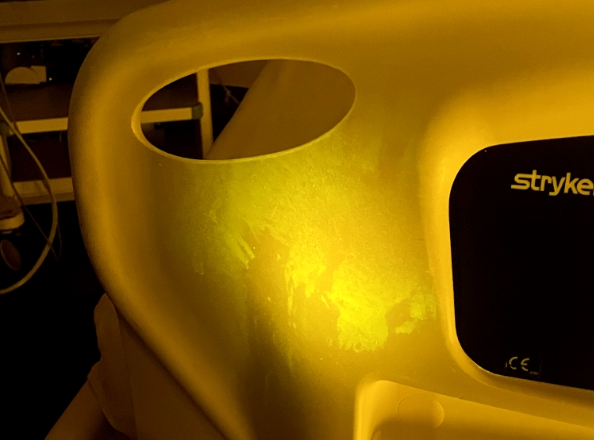
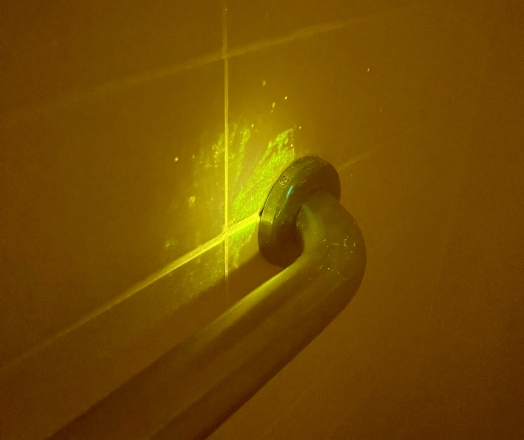
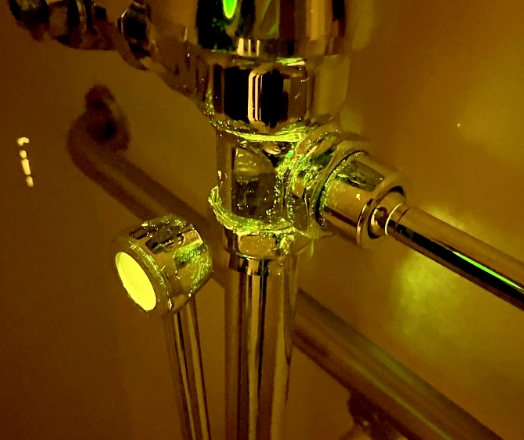
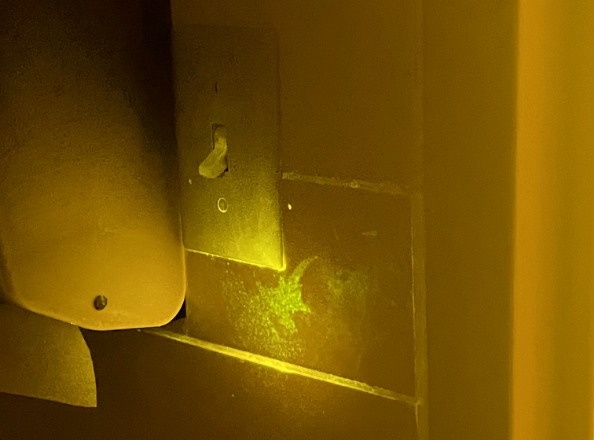
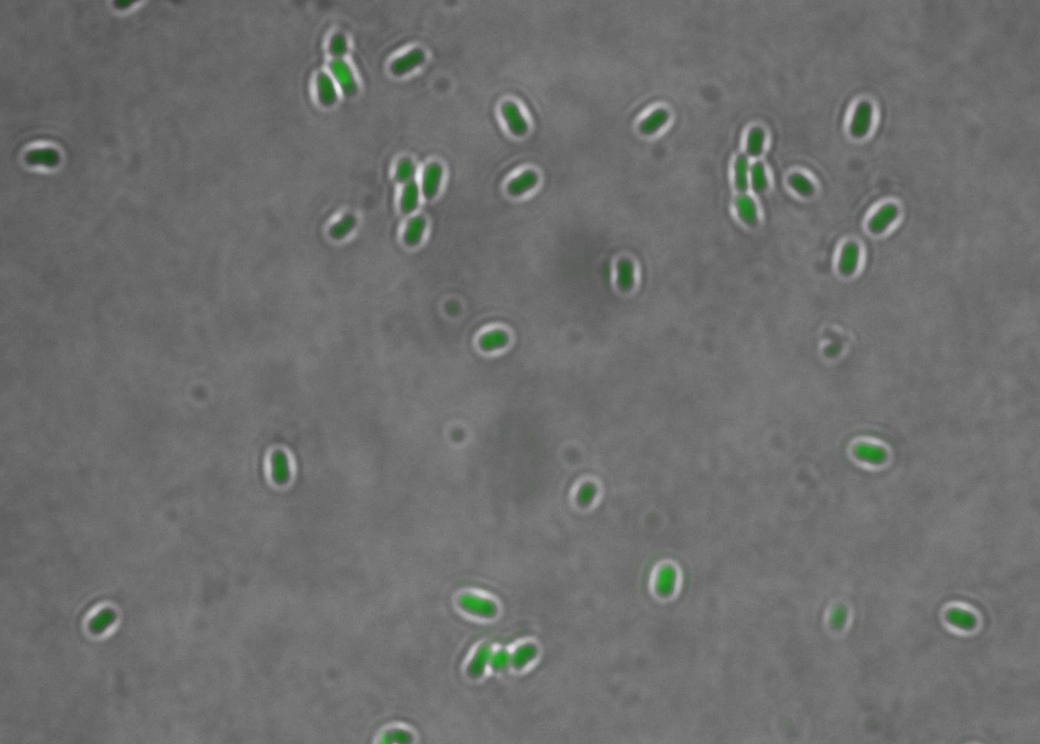
Performance validation
- Sensitive enough to detect low levels of C. diff, making it ideal for hospital use where trace detection is crucial
- Demonstrated exclusive illumination of C. diff, with follow-up culturing confirming both targeted detection and true negative results when no flourescence is observed
- Works effectively on a multitude of surface types, supporting broad applicability in clinical environments
- Multiple C. diff strains have been cultured from healthcare surfaces identified by LIV Process, confirming that its detections are clinically relevant
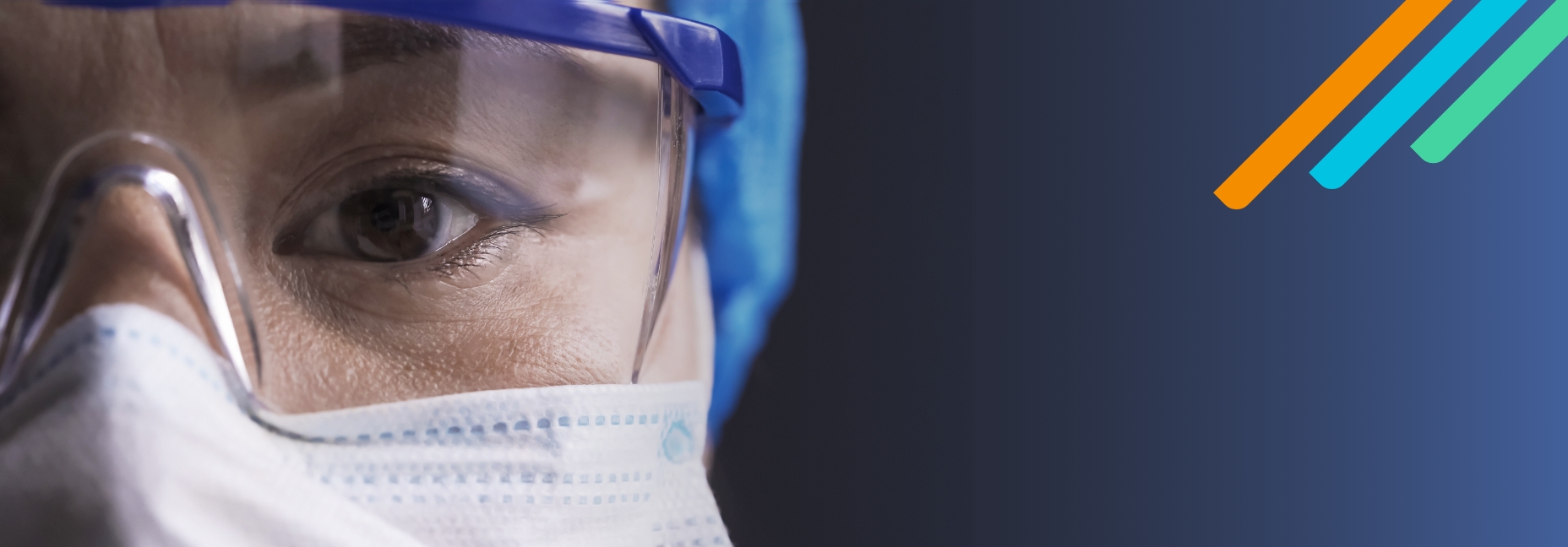
LIV Process C. diff Visualization System in the clinical setting
In a six-month pilot study at a large hospital, rooms were disinfected according to the facility’s standard protocols and then LIV Process C. diff Visualization System was administered. Contaminated surfaces identified by our proprietary system were
re-cleaned and inspected again.
Clinical outcomes
cleaning protocol
By the end of the study, an environmental services (EVS) technician reported that LIV Process C. diff Visualization System effectively identified areas that required re-cleaning, allowing them to focus disinfection efforts more effectively and yielding
5x gain in cleaning efficiency*
*Based on an average of 46.7% of surfaces per room having some level of contamination at beginning of study vs 10.4% surfaces at the end of the study with routine LIV Process C. diff Visualization System use throughout.
The right tools to assess protocol optimization
Equipped with fast and reliable detection tools, our hospital partners gained new insights to improve their protocols, including:
Use of disposable curtains
Glove dispensing box moved outside of rooms, with new instructions
Introduction of touch-free hand cleaning systems
Change disinfection solutions to improve C. diff spore disinfection
Validation from key opinion leaders

Denine Temple
Executive Director of Environmental Services
The Women’s Hospital of Texas

I have always said, “If we can see it, we can clean it.” The introduction of LIV Process is giving us an advantage over our competition because it is the only visual microbiological indicator on the market. Not only that, LIV Process is going to be saving family members’ lives. Our housekeepers all want to do well. With LIV Process, they are able to become the top performers in the industry. On top of that, just imagine the other pathogens we are mitigating at the same time, just by using LIV Process.”
Tony Caswell
Resident Regional Director of Operations
Crothall Healthcare at University of Virginia Health System

All hospitals maintain high standards of care and cleanliness, but how do we know if C. diff spores are present at point of care in real time before the patient enters the room? We don’t. Or, we didn’t, until now. The LIV Process product will change everything about patient care.”
Annemarie Costello
MSN, RN, ONC, CCCTM, LNC
Thomas Jefferson University Hospital and Clinical Nurse Specialist, The Rothman Institute
Our goal is to save lives now, speed adoption, and expand accessibility
With the clinical validation of the LIV Process C. diff Visualization System, we are eager to apply the technology to a range of other pathogens. We’re always seeking partners who are interested in developing and distributing this technology in our collective effort to save more human lives.